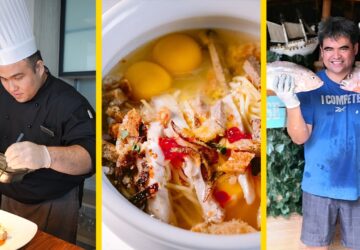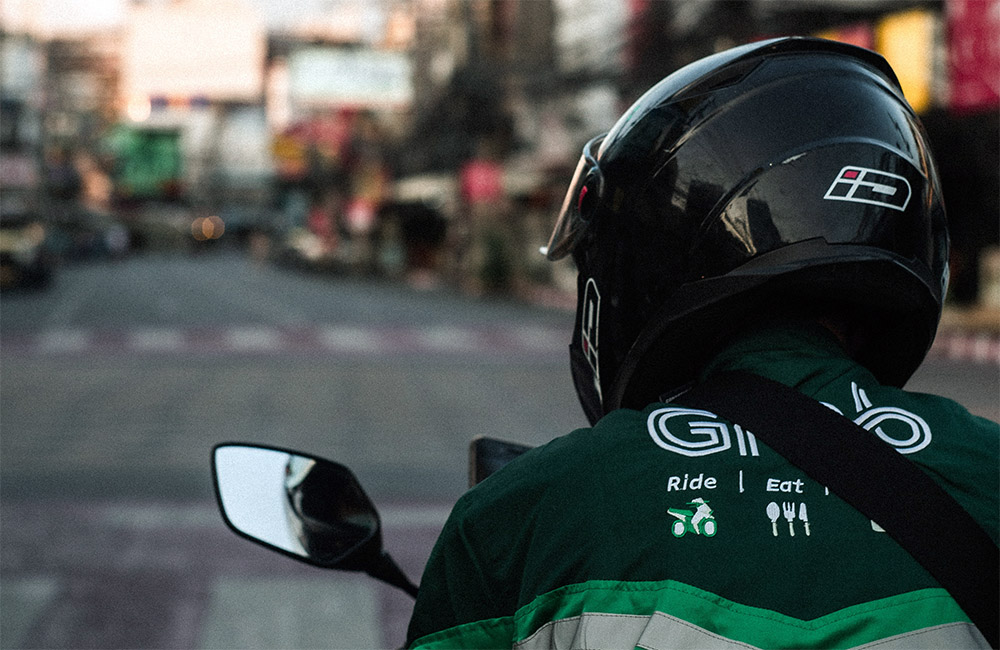The Centers for Disease Control and Prevention (CDC) states that there are no reports and records that COVID-19 can be transferred through food, surfaces or food packaging. This is good news for food businesses that offer delivery during this time. “However, this doesn’t mean we do not need to highlight the usual food safety and hygiene practices, especially during food delivery,” says Glenn Hyde Dela Cruz, vice president of program development and food inspection services of Food Safety & Hygiene Academy of the Philippines (FoodSHAP).
“In any food establishment, strict compliance with local laws and regulations is a must,” says Dela Cruz. “Food establishments with or without delivery must follow the Code on Sanitation of the Philippines (PD 856) and the IRR of the Food Safety Act of 2013 (RA 10611).”
It’s perfectly timed advice considering that consumer behavior is changing; it’s no longer enough to offer food that’s just unique or comforting, safe and risk-free have lodged themselves as key criteria in decision-making habits.
“Fifty-nine percent of consumer respondents in Metro Manila are ‘always’ checking the cleanliness of the food establishment while 29 percent ‘sometimes’ [do] and 12 percent ‘never’ [scrutinize],” shares Dela Cruz, referencing his study in food safety management. In addition, 64 percent of consumer respondents are “always checking the cleanliness of food handlers” with 33 percent of those surveyed indicating “sometimes and the remaining three percent “never” bothering. It’s a result that exemplifies the necessity of safety, hygiene and sanitation programs in all establishments—whether with or without delivery.
“The safety of our food inside the kitchen is as essential as the safety of our food during delivery. Food safety is both a right and a responsibility,” says Glenn Hyde Dela Cruz.
Food safety basics and best practices
Food hazards are “anything in the food that could possibly cause harm to the consumer,” says Dela Cruz, listing food poisoning, physical injury and other health risks.
There are three types of food hazards. The first are physical hazards, which is any object that can cause physical injury like glass shards or chips, metal, stone, pests or even human specimens such as hair or nail clippings in the food.
Chemical hazards meanwhile are caused by misuse and spillage of harmful liquids such as cleaning agents, pesticides as well as chemical residue from food packaging. This also includes food allergens that can trigger allergic reactions. The last are biological hazards, which comprise microorganisms like bacteria, viruses, fungi and parasites that may develop if food is undercooked or not handled hygienically.
Aside from securing a food safety certification for your establishment and staff, Dela Cruz recommends the following safety measures and guidelines to avoid any potential hazards in the kitchen:
- Check products being delivered by suppliers to ensure the use of safe, quality and clean raw materials and ingredients as well as food packaging materials. Make sure to order from reliable suppliers.
- Separate cooked and ready-to-eat food from raw food by storing them in different containers. Assign cooking equipment such as chopping boards, knives and plates for cooked and raw food to prevent cross-contamination.
- Designate a storage area for food stock, separate from cleaning materials and chemicals. Follow good storage practices like checking expiration dates, proper covering and labeling of products, implementing the first in, first out (FIFO) rule for stock rotation and checking the right room temperature for stocks.
- Wash fresh ingredients and harvest using potable and running water.
- Practice regular hand washing especially when preparing meals, before and after handling raw food and money transactions and most especially when hands are visibly soiled.
- Ensure that all personnel, most especially the kitchen staff, are healthy enough to attend to work and without communicable diseases such as cough, common cold, sore eyes and measles. Enforce a strict policy about good personal hygiene practices.
- Clean, sanitize and disinfect all equipment, tools and surfaces used in the kitchen, dining area, and order counter. Implement cleaning and sanitation programs such as integrated pest management and make sure to do deep cleaning after pest control activities.
- Cook food properly and thoroughly (especially meat and other meat products) and check the right cooking temperature with the correct, clean and calibrated food thermometer.
After implementing and ensuring that the kitchen guidelines and measures are strictly followed, Dela Cruz also gives key pointers that should be observed in food delivery:
- Inspect and double check all packaging materials, containers and utensils for food delivery orders to guarantee cleanliness, quality and safety for transportation.
- Check if non-edible items and food products are well separated from each other so contamination can be avoided.
- Avoid putting items like food delivery bags and food packaging on the floor.
- Deliver food items immediately after the package has been checked and sealed. Delivery should not take more than two hours to reach the customer. Make sure that customers check the food items upon receipt to ensure quality.
- Clean and sanitize delivery equipment regularly.
- Train delivery personnel on cleanliness and sanitation procedures and hygienic practices as well as provide them with proper delivery and safety equipment.
Dela Cruz also suggests the use of essential equipment for the delivery personnel, which include:
- Personal protective equipment (PPE) consisting of sanitary mask, gloves, safety helmet and clean uniform
- Insulated thermal bags preferably with cover to maintain the food temperature guided by the basic food safety rule to “keep your hot food hot and your cold food cold” and to keep out unnecessary contaminants from penetrating the food
- Disinfectant or sanitizer that is safe to use for cleaning insulated thermal bags
- Pouch for cash transactions (though cashless transactions are recommended to to minimize customer interaction with customers and uphold safety of the delivery personnel)
There are also extra safety measures that Dela Cruz says can be applied specifically during this time, including maintaining at least a meter apart from other personnel, initiating a regular risk-based inspection from accredited inspection bodies and raising awareness of best sanitary and hygienic practices (through sharing those on social media which can still be followed even after the pandemic has ended).
Following these guidelines and measures can be a foolproof method in keeping your food business and food delivery safe and reputable. Even if these are stringent measures, for Dela Cruz, “all food establishments must start developing a culture of food safety, hygiene and sanitation, with or without a pandemic.”






All food establishment must start developing a culture of food safety, hygiene and sanitation, with or without a pandemic